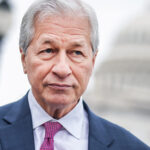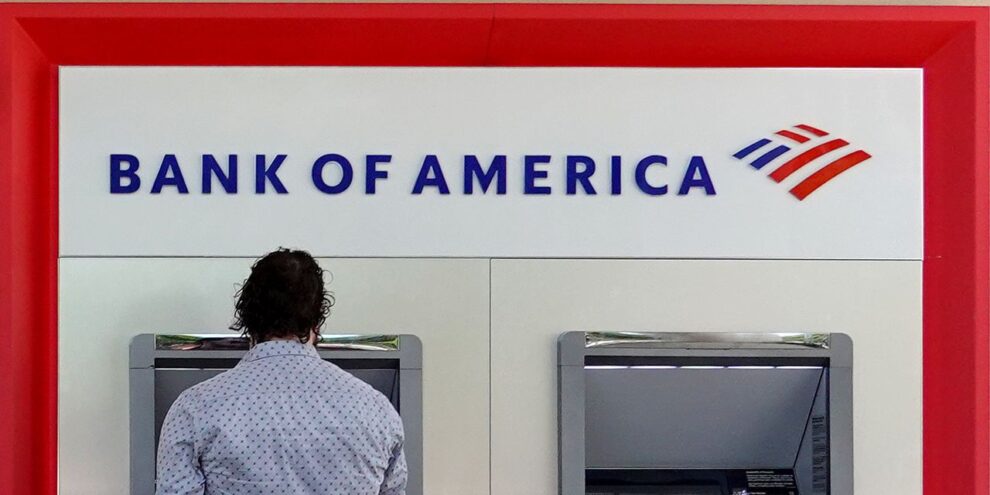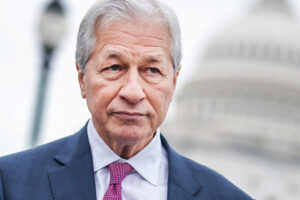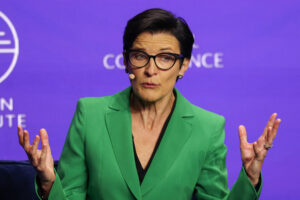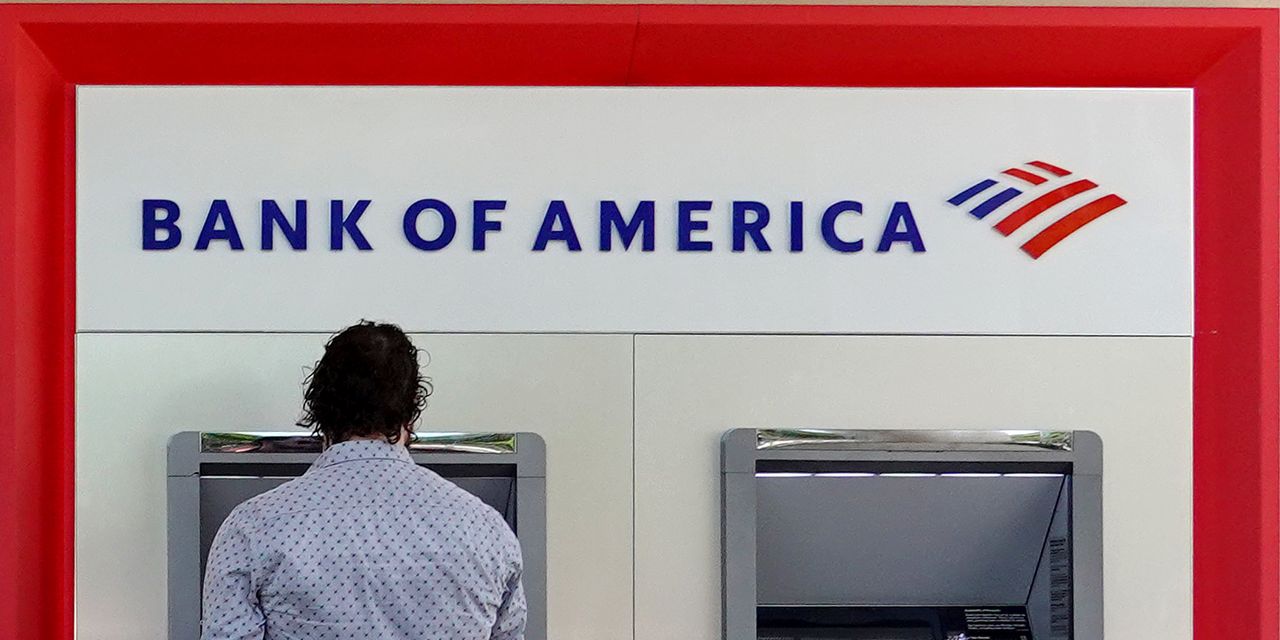
Friday’s wave of big-bank earnings gives an important glimpse into Americans’ finances amid high prices, rising interest rates and recession worries. At first glance, most consumers appear to be keeping their heads above water.
A day after December inflation data showed price increases coming off the boil – but still high — fourth-quarter earnings showed some signs of consumer slowdown and strain, but not a wallet that’s coming apart at the seams.
Case in point: Bank of America’s BAC, +2.20% consumer-deposit balances are showing “strong liquidity.” The bank’s consumer customers spent $4.2 trillion in aggregate last year, a 10% year over year increase, he noted, according to a FactSet transcript.
But there are tentative signs of a weakening economy: these balances are “drifting down,” CEO Brian Moynihan said on an earnings call discussing the bank’s fourth quarter profits, “but they still have plenty of cushion left.”
Earlier in the week, research from the Bank of America Institute said after strong spending in 2022 , consumers were easing into the new year after having spent slightly less than 2021 on holiday-related items in November and December.
At JPMorgan Chase & Co., JPM, +2.52% the combined credit-card and debit spending for consumers and small businesses rose 9% year-over-year, said Jeremy Barnum, the bank’s chief financial officer, according to a FactSet transcript of the Friday earnings call.
“They are generally on solid footing, although sentiment for both reflects recessionary concerns not yet fully reflected in our data,” Barnum said.
“The U.S. economy currently remains strong with consumers still spending excess cash and businesses [are] healthy,” JPMorgan CEO Jamie Dimon said in a statement on the fourth-quarter earnings. What’s unknown, he added, is the ultimate toll of high inflation, diminished purchasing power and consequence of conflicts like Russia’s invasion of Ukraine.
“Our customers have remained resilient with deposit balances, consumer spending, and credit quality still stronger than pre-pandemic levels,” Wells Fargo WFC, +3.25% CEO Charlie Scharf said in a statement on his bank’s results.
Banks set aside money for loan losses
Also Friday, one gauge of consumer sentiment jumped to a nine-month high as inflation cools and stocks show renewed strength. The index increased from a revised 59.7 in December, the University of Michigan said. Consumer sentiment is still weak, however. The index is well off a pandemic-era peak of 88.3 in April 2021 and a pre-pandemic high of 101.
Banks earnings usher in a parade of fourth-quarter earnings results for other industries in the weeks to come. But they also help set the stage for the economic picture ahead.
Indeed, the earnings show the banks building up their stockpiles of money to brace for potential loan defaults on all sides of the business, including the ones from consumer loans and credit cards.
“You did hear they are increasing the provisions for loan losses,” said Quincy Krosby, LPL Financial’s chief global strategist. “However, I wouldn’t say there are overwhelming concerns at this point regarding delinquencies or late payments.”
Delinquencies and defaults are inherently part of a bank’s business, Krosby noted. But “right now, it’s not blinking red.”
When setting aside money for such loan losses, “the intent is to overestimate, not underestimate,” said Greg McBride, chief financial analyst at Bankrate.com. The money that banks hold back for loan losses can always be used elsewhere once they think any economic storm has come and gone, McBride noted. “The position they don’t want to be in is they haven’t reserved enough.”
We want to hear from readers who have stories to share about the effects of increasing costs and a changing economy. If you’d like to share your experience, write to [email protected]. Please include your name and the best way to reach you. A reporter may be in touch.
Consumer debt is gradually increasing
Consumer debt loads are increasing, but the widespread shift into delinquency isn’t materializing for now. Aggregate debt balances, including mortgages, increased by 2.2% or $351 billion to $16.51 trillion as of the third quarter, according to data from the Federal Reserve Bank of New York.
Credit-card balances increased by $38 billion to $930 billion in the third quarter, a 15% year-over-year increase — the sharpest increase in more than two decades.
Still, the amount of credit-card and car-loan debt shifting to the early stages of delinquency increased by approximately a 0.5 percentage point during the third quarter, which is the same increase during the second quarter, New York Fed researchers noted.
The amount of delinquent debt increased for nearly all types of debt and credit, but that follows “two years of historically low delinquency transitions,” the researchers said.
“Everything we see, there will be a mild recession,” Moynihan said in a Friday afternoon interview on CNBC, emphasizing the bank was well positioned if that happened. There many be more delinquencies cropping up, Moynihan said, but keep it in perspective, he said.
Delinquencies, he added, “are still not near were they were in ’19, which is among the best consumer credit statistics our company has had in its history. So you’re still not near normal. And that means, yes, they are getting worse. But incrementally in a broad base of consumers you’re not seeing the stress yet.”
The banks will watch the job market closely for signs of stress and strain, Krosby said. A lost job can be a key trigger for falling behind on bills, Krosby and others have noted.
Even as news of layoffs mount in financial and technology sectors, the jobless rate fell to 3.5% in December. That jobless rate was reached a couple times in 2019, and is the lowest since 1969.
“The labor market is crucial, and so far the labor market has held up. It’s resilient,” Krosby said.
The Dow Jones Industrial Average DJIA, +0.33%, S&P 500 SPX, +0.40% and the Nasdaq Composite COMP, -1.10% closed higher Friday, wrapping up the best trading week for gains in two months.
After the worst year for stocks since 2008, the Dow is up more than 3% year to date while the S&P 500 is up nearly 4% and the Nasdaq is up more than 5%.

